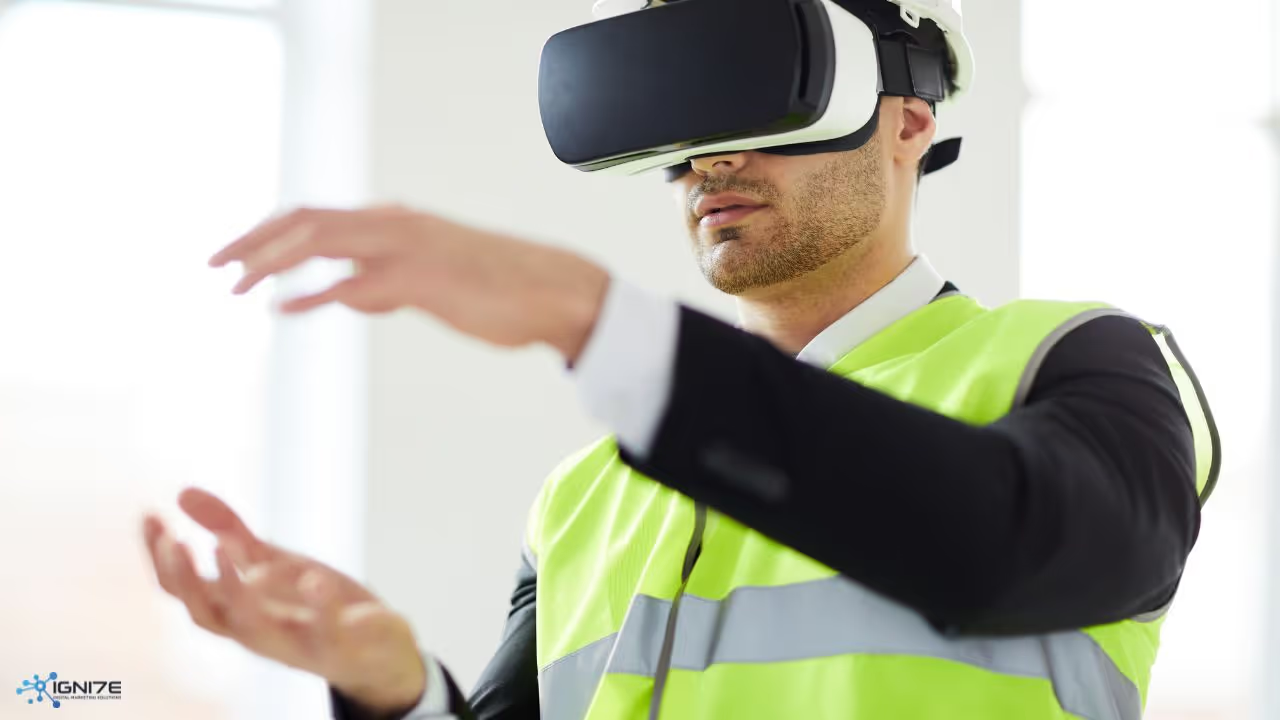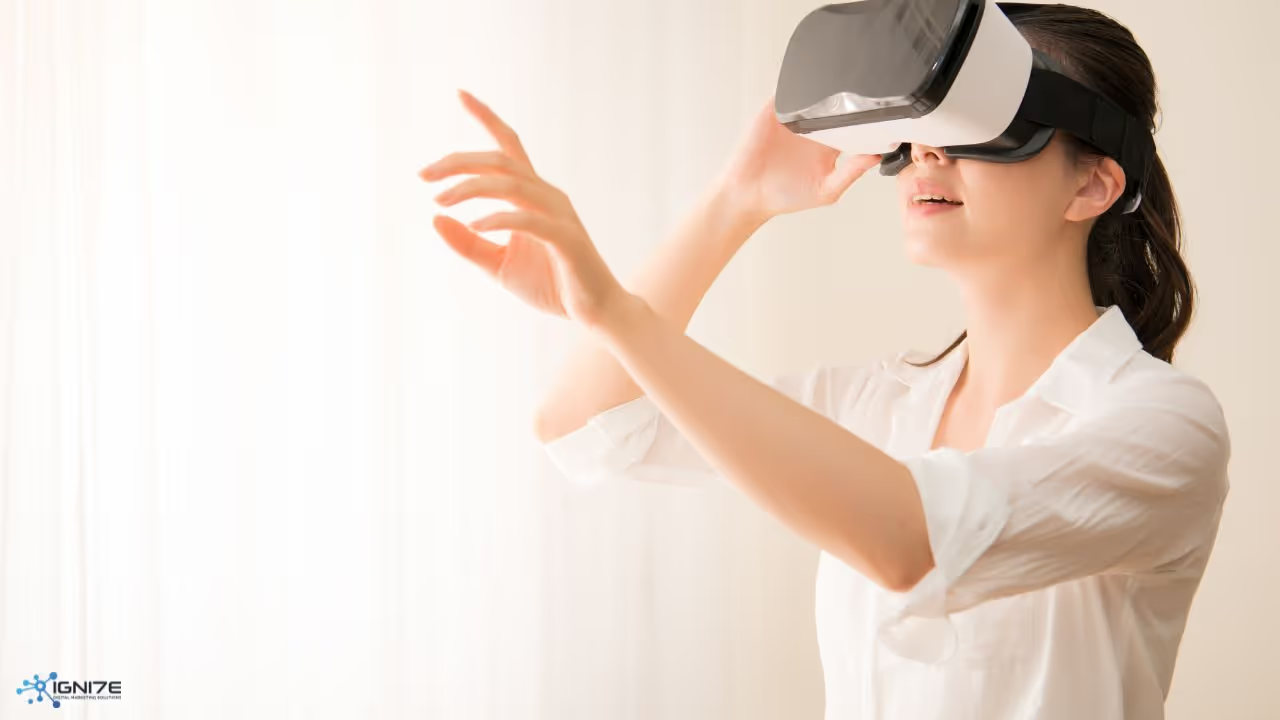Top 8 Augmented and Virtual Reality Trends in Japan

Japan has long been a leader in consumer technology, gaming, and robotics. Today, the country is also becoming a hotspot for augmented and virtual reality (AR/VR) innovation. With strong government support for digital transformation, a rapidly aging population, and a tech-savvy culture, Japan is exploring how extended reality (XR) can enhance various aspects of daily life, including shopping, healthcare, education, and entertainment. Here's a look at the top AR/VR trends that are reshaping Japan’s technology landscape in 2025.
Top Ranked AR/VR Trends
- XR Integration in Retail and E-Commerce
- VR in Healthcare and Elderly Care
- AR/VR in Workforce Training
- Immersive Entertainment and Anime Integration
- Metaverse and Virtual Communities
- AR Navigation and Tourism
- Education and Edutainment
- Hardware Development and XR Startups
1. XR Integration in Retail and E-Commerce

Japanese retailers are embracing AR and VR to elevate the consumer experience. Fashion platforms like ZOZOTOWN have introduced virtual try-on technology, allowing users to preview how clothes and accessories will look on them using only their smartphone camera.
Meanwhile, Isetan Mitsukoshi, one of Japan’s premier department store groups, has embraced virtual reality (VR) to recreate its flagship Shinjuku store in a digital format. Launched in March 2021, this VR experience allows users to navigate a computer-generated version of the store via a dedicated smartphone app. Shoppers can interact with virtual sales clerks, explore various departments, and purchase from a selection of approximately 400 products, including cosmetics and other items. This initiative was particularly aimed at customers hesitant to visit physical stores during the pandemic and those residing far from Tokyo.
AI-enhanced AR is also being used to provide personalized recommendations for makeup and apparel, making the online shopping experience more dynamic and customer-centric.
2. VR in Healthcare and Elderly Care

As Japan’s population continues to age, healthcare providers are using VR to address both physical and mental health needs. Hospitals are adopting virtual reality for rehabilitation and therapy, providing patients with a safe and engaging way to regain motor skills.
Additionally, Silver Wood, a Japanese company operating eldercare facilities under the name "Ginmokusei," has developed an innovative program called "VR Dementia" to enhance understanding and empathy towards individuals living with dementia. This virtual reality (VR) experience immerses users in scenarios that simulate the cognitive and sensory challenges faced by dementia patients, such as disorientation, hallucinations, and memory loss. By experiencing these symptoms firsthand, caregivers, family members, and healthcare professionals gain a deeper insight into the daily realities of those with dementia.
Mixed reality solutions are also being introduced for remote medical consultations and diagnoses, making healthcare more accessible in rural areas.
3. AR/VR in Workforce Training

Japanese enterprises are increasingly turning to AR and VR to enhance employee training and mitigate operational risks. Manufacturers such as Mitsubishi Electric and Toyota have implemented VR-based training modules that simulate complex industrial tasks without real-world consequences. These virtual environments enable new employees to develop skills more efficiently and safely.
Soft skills training is also gaining traction, with VR simulations being used to teach customer service, leadership, and even empathy, reflecting Japan’s cultural emphasis on high-quality service and teamwork.
4. Immersive Entertainment and Anime Integration

Entertainment in Japan is undergoing a significant shift as AR/VR technologies converge with anime, gaming, and music. Virtual YouTubers, or VTubers, like Kizuna AI and Hololive’s talents, continue to captivate audiences with performances enhanced by AR effects and virtual concert venues. Fans can now explore beloved anime universes, such as Evangelion or Sword Art Online, through interactive VR experiences.
Even theme parks are jumping in, with attractions like Universal Studios Japan’s Mario Kart AR ride offering a mixed-reality thrill that merges gaming with physical environments.
5. Metaverse and Virtual Communities

Japan is investing in metaverse platforms that support virtual communities, events, and social experiences. Cluster, a homegrown VR social platform, has become a popular destination for concerts, exhibitions, and user-generated virtual worlds. Initiatives like MetaTokyo aim to bridge culture, fashion, and technology by offering NFT-based digital real estate and metaverse-native experiences.
These platforms are also gaining interest from artists, musicians, and brands seeking to connect with their audiences in more immersive and interactive ways.
6. AR Navigation and Tourism

In a country known for its intricate train systems and rich cultural heritage, AR is proving to be a powerful tool for both navigation and storytelling. Several startups are developing AR glasses and smartphone apps that help travelers navigate train stations, translate foreign signage, and discover landmarks.
Simultaneously, AR is playing a pivotal role in cultural heritage projects. Following the devastating 2019 fire that destroyed Okinawa's historic Shurijo Castle, a collaborative effort involving over 3,000 contributors resulted in the digital reconstruction of the castle using thousands of photographs. This initiative not only preserves the site's legacy but also enables virtual visitors to explore the castle's architecture and history through immersive AR experiences.
These developments illustrate Japan's innovative integration of AR technology to enrich daily life and preserve its rich cultural heritage.
7. Education and “Edutainment”

AR and VR are making their way into Japan’s classrooms, offering students new ways to learn and interact with complex subjects.
Educational publishers and edtech companies in Japan are developing AR-enhanced textbooks and applications that bring subjects such as kanji, science, and history to life. For instance, AR applications enable students to visualize complex scientific experiments or historical events, providing a more engaging learning experience. A study involving 200 high school students demonstrated that those who received AR-based history instruction showed a 25% improvement in historical knowledge, compared to a 5% improvement in the control group using traditional methods.
This fusion of education and entertainment, or "edutainment," is fostering more engaging learning experiences for students of all ages.
8. Hardware Development and XR Startups

Japan is not only innovating on the software side but also making significant contributions to the global XR hardware ecosystem.
Companies like Sony and Canon are pushing forward with spatial computing solutions, with Canon’s MREAL system (Mixed Reality REALity) blending high-fidelity AR with real-world visuals through head-mounted or tabletop displays. It’s a professional-grade tool used in sectors such as automotive and manufacturing design, allowing designers to walk around a life-size virtual prototype before anything is physically built. Additionally, it is used in heavy machinery and construction, enabling teams to inspect digital simulations in the context of real-world settings.
Such ventures are helping define the future of wearable and portable AR/VR technologies in Japan and beyond.
Conclusion
Japan’s AR/VR landscape is more than just an extension of its rich gaming and pop culture heritage—it's a reflection of how emerging technologies can enhance quality of life, business productivity, and cultural expression. From healthcare and training to retail and tourism, AR and VR are transforming how people in Japan live, work, and connect. As both startups and tech giants continue to explore XR applications, the country is poised to remain a global innovator in immersive technologies for years to come.

















